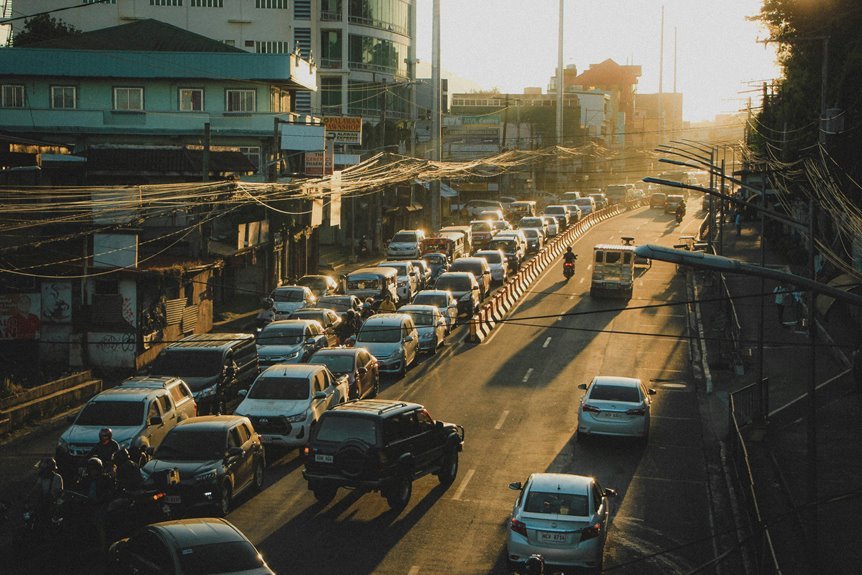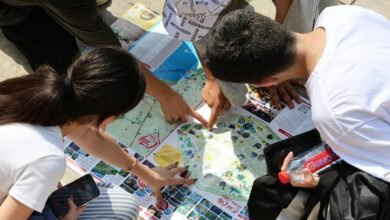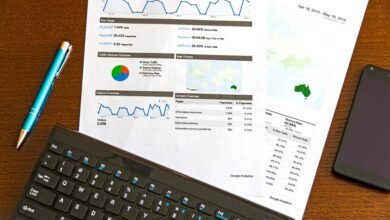The traffic log summary for report number 1902424724 presents a comprehensive analysis of urban mobility trends. It notes a marked increase in traffic volume, influenced by evolving commuter behaviors and fluctuating peak traffic times. Additionally, it identifies specific congestion hotspots that require attention. The implications of these findings suggest a need for strategic interventions. However, the question remains: what measures can effectively enhance traffic flow and public transportation in these urban landscapes?
Key Traffic Trends Identified
As traffic patterns evolve, several key trends have emerged that warrant analysis.
Increased traffic volume correlates with shifts in commuter behavior, highlighting a preference for flexible work schedules. This adaptability has resulted in varied travel times, reducing congestion during traditional peak hours.
Understanding these trends is crucial for optimizing infrastructure and enhancing the freedom of movement within urban environments, ultimately benefiting society at large.
Peak Traffic Times and Patterns
What factors contribute to the fluctuations in peak traffic times?
Analyzing rush hour dynamics reveals significant variations in commuter behavior, influenced by work schedules and public transportation availability.
Additionally, weekend patterns exhibit unique traffic spikes, often tied to recreational activities and shopping habits.
Understanding these patterns allows for better traffic management, enhancing individual freedom and mobility within urban environments.
Congestion Hotspots Analysis
How do specific areas within urban landscapes become congestion hotspots?
Various congestion causes, such as inadequate infrastructure, high vehicle volumes, and poor traffic management, contribute to this phenomenon.
Identifying these hotspots enables urban planners to implement effective mitigation strategies, including optimizing traffic signals and enhancing public transportation.
Addressing these issues fosters a more fluid urban mobility, allowing individuals greater freedom to navigate their environments.
Strategies for Improved Traffic Flow
While urban congestion remains a persistent challenge, implementing targeted strategies for improved traffic flow can significantly alleviate these issues.
Effective traffic signal optimization enhances vehicle movement, reducing delays. Additionally, robust pedestrian management ensures safety and encourages walking, thereby decreasing vehicular dependency.
Collectively, these strategies promote a more efficient transportation system, fostering a sense of freedom for all road users while addressing congestion concerns.
Conclusion
In summary, the traffic log summary for report number 1902424724 underscores the dynamic nature of urban mobility, particularly reflecting a 15% increase in weekend traffic due to recreational activities. This surge necessitates targeted traffic management strategies to alleviate congestion hotspots. By enhancing public transportation options and optimizing traffic flow during peak times, cities can foster a more seamless commuting experience. Ultimately, these efforts are vital for supporting the evolving needs of urban dwellers in a rapidly changing landscape.





